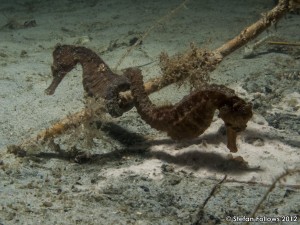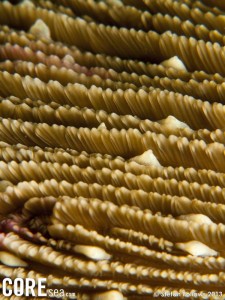Welcome to the Gulf of Thailand, which covers roughly 320,000 square-km, connecting Thailand, Vietnam, Cambodia and Malaysia with the South China Sea, and ultimately the pacific ocean.
You’ve come to visit a rather peculiar body of water.
The Gulf is very young and only came to existence some 10,000 years ago when the glaciers retreated from the last ice age and seawater flooded the former Chao Phraya river valley.
The Gulf is also very shallow (on average only 45 meters deep) and strong inflow from rivers draining the mainland makes it low in salinity and rich in nutrients and sediments.
This makes water exchange with the South China Sea very slow, and we are presented with a unique and nearly self-contained ecosystem, in which we not only find impressive animals like juvenile whale sharks, sea horses, bull sharks and mobula rays, but also a highly resilient community of corals and other reef associated organisms.
Unfortunately, the uniqueness of the Gulf comes at a cost.
Because it is shallow, temperature exchange with the atmosphere is quick and strong, leading to episodes of mass coral bleaching, whenever the earth is experiencing a period of warmth. Right now we are observing an episode of elevated sea temperatures, which the overwhelming majority of scientists believe to be man-made. The strong input of fresh water from the mainland makes it very susceptible to pollution from fertilizers and industrial waste, and the fishing pressure is very high.
The coral reefs of the Gulf of Thailand today are in a sad state. The sea is polluted with too many nutrients, over-fished and over-used, and we only have an average of 20% of its original beauty left.
Fortunately, there is a lot that can be done.
Browse through our pages, you will not only encounter the aquatic wonders of the Gulf, but you will also find some easy to follow guidelines – to help you protect the marine biodiversity of Thailand and preserve it for generations to come.

